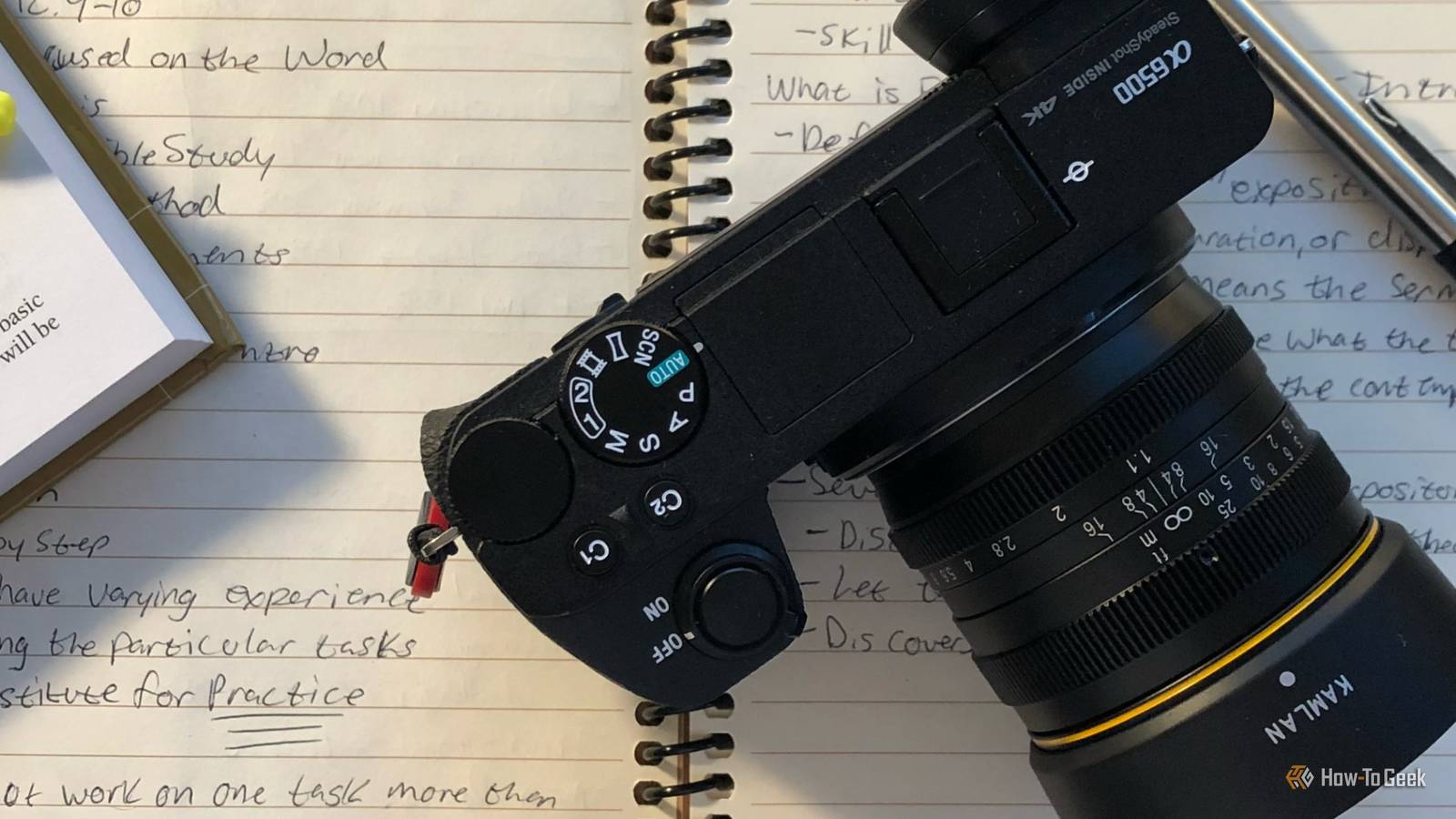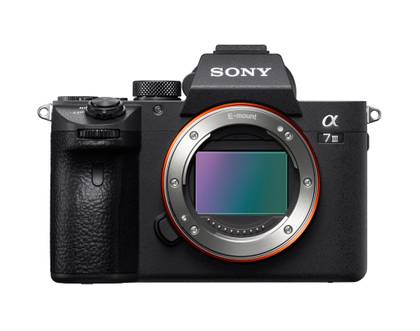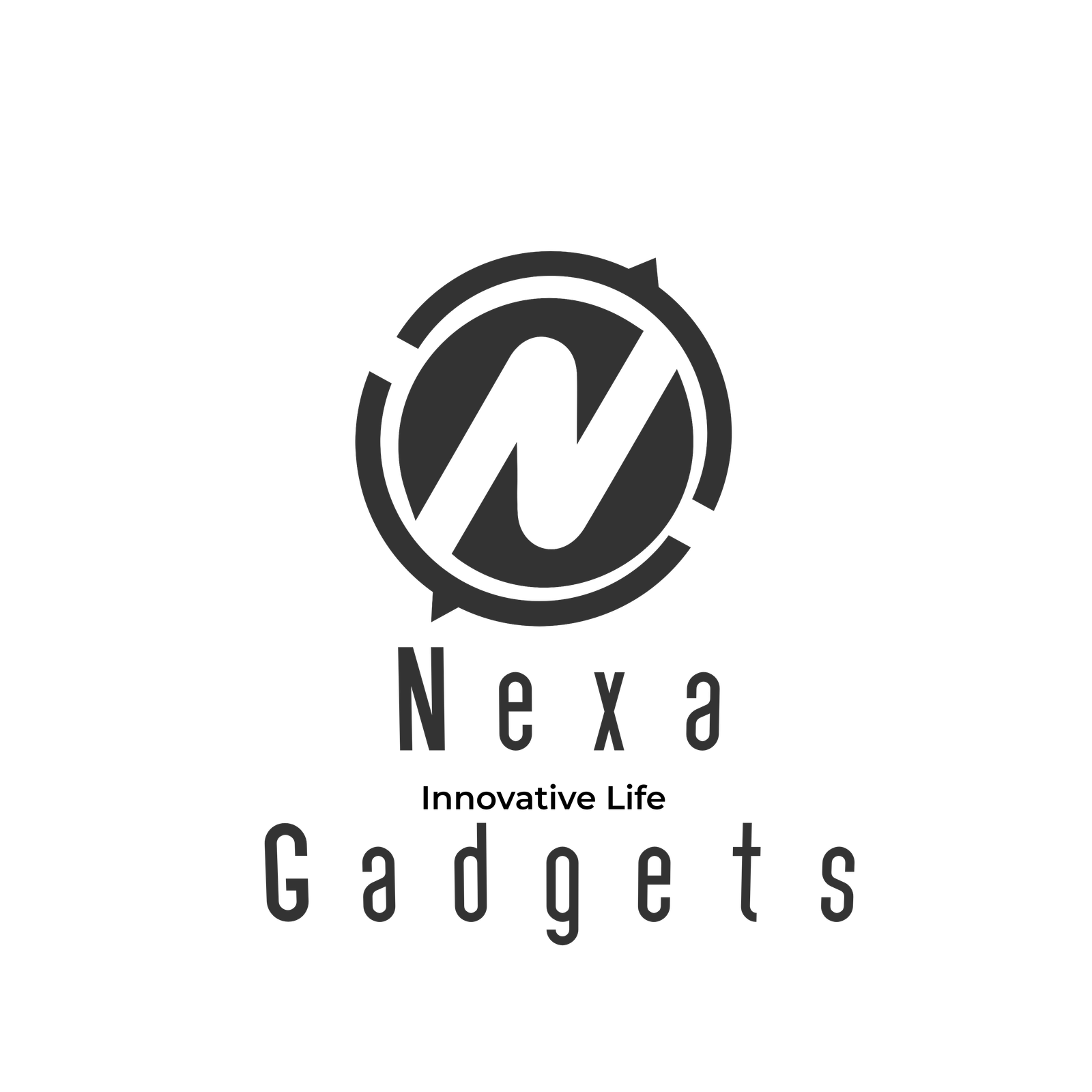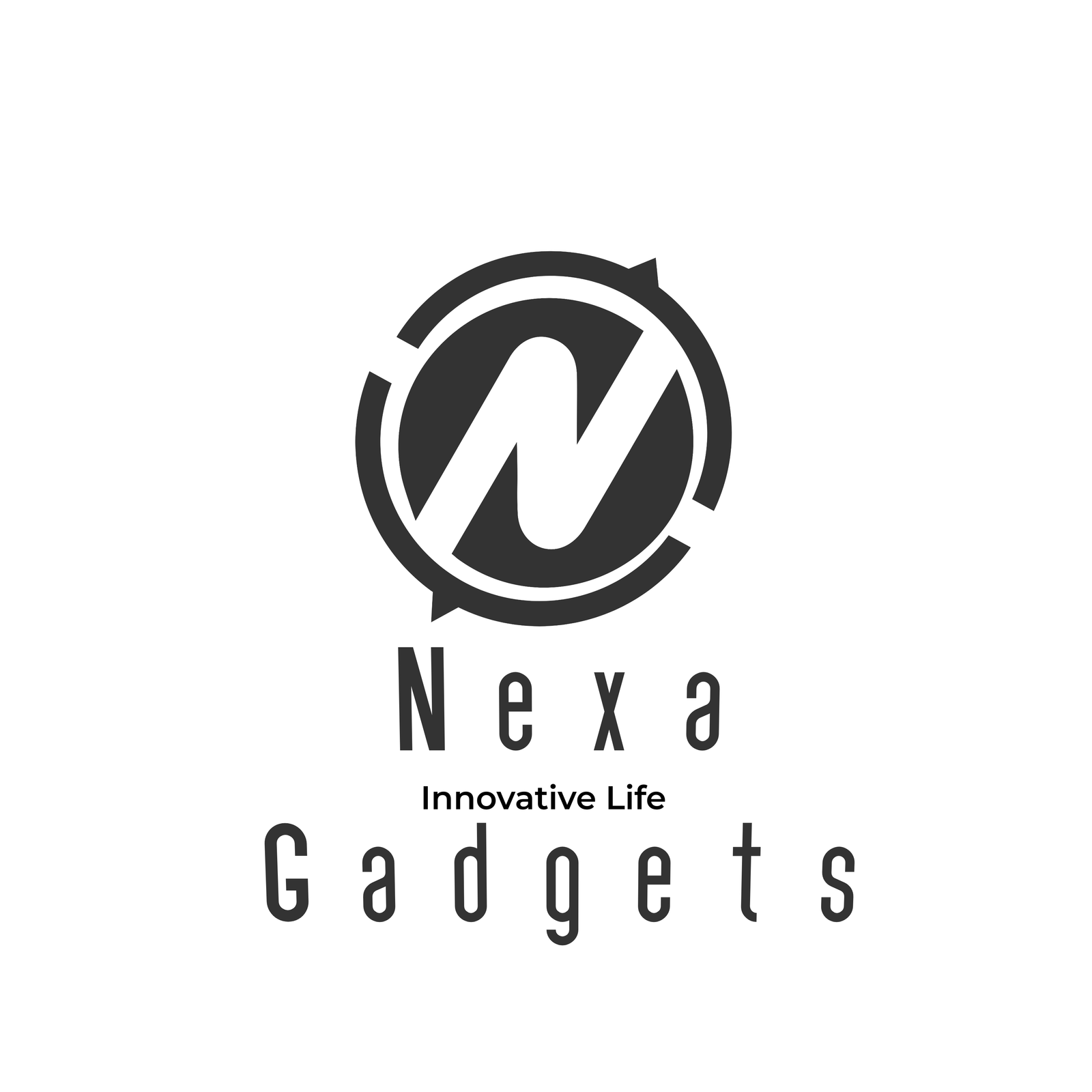
The Surprising Truth About Image Quality
I’m an avid photography hobbyist as well as an experienced smartphone user. The problem? My smartphone can never replace my real camera. While smartphone cameras have become absolutely fantastic, there are still several reasons why I choose to carry my real camera when I go on photography outings.
Phone Cameras Have Gotten Really, Really Good
I’m consistently impressed with phone cameras. Even at the ultra-small sensor size that most phone cameras have, the image quality is superb. I have an iPhone 15 Pro, and recently was able to capture a fantastic night sky image featuring the Milky Way—all without even using a tripod. The picture below is slightly post-processed thanks to being able to capture it in Apple’s ProRAW format.
Even if you just look at phone cameras from a few years ago, modern smartphones are more like DSLRs than ever before, especially with proper lighting. With multiple lenses, high-resolution sensors, and even RAW capabilities, smartphones can absolutely take pictures that rival professional cameras.
No Matter How Advanced Smartphone Cameras Get, ‘Real’ Cameras Will Always Have Advantages
The problem with smartphone cameras comes down to the simple laws of physics. Smaller sensors have smaller pixels, meaning low-light performance just simply can’t match that of full-size cameras. There’s also the fact that the depth of field is heavily influenced by sensor size. The iPhone 16 Pro has a f/1.78 aperture, but the depth of field on the iPhone’s lens is nowhere near the same as you’d find on an APS-C or full-frame sensor.
Depth of field is something that can be programmatically “corrected,” but will never be fully fixed unless the sensors themselves grow on smartphones. AI-powered depth of field (like the iPhone’s Portrait Mode) has gotten better in recent years, but it’s still no replacement for proper depth of field. In the example below, I took basically the same picture with my iPhone 15 Pro using Portrait Mode, and my Sony A7iii using natural depth of field.
You can see that the iPhone cut some of the clip of the flashlight out because the AI couldn’t tell if that was part of the subject or not. However, with the regular camera, everything is properly blurred in the background and separated from the subject because it’s done optically.
Another area where smartphones lack is access to “pro” settings. While some phones give touchscreen-based access to things like shutter speed, aperture, and ISO, a full-size camera allows you to change these settings with dedicated dials and buttons.
On my Sony A7iii, I have one dial set for aperture, one for shutter speed, and one for ISO whenever I’m in full manual mode. I can be looking down my viewfinder or at the screen on my camera and quickly change any of the camera parameters with a simple turn of a dial. I don’t have to touch a screen, then slide a bar, or even try to tap a specific setting. I just turn a physical dial a few clicks.
The iPhone 16 started to work on this with the camera button on the side, which allows you to change camera settings (like zoom) by sliding your finger and using the Taptic engine. However, it’s still not a great substitute for multiple dials.
The settings area, in general, is where real cameras shine. With a physical shutter button, I can half-click to lock focus and exposure and then only take the picture when I’m ready to.
On a phone, you can tap to focus and set the exposure or tap-and-hold to lock focus and exposure. But that doesn’t always hold properly. I’ve had it reset randomly on me while trying to frame a shot. Exposure doesn’t always balance right. It’s just a headache when trying to use a camera for professional-style photos in this way.
I Like Having More Than Three Focal Lengths to Choose From
The iPhone 16 Pro has three focal lengths: 24mm, 13mm, and 120mm. Any other focal length available on the phone is digital zoom or crop. There are only three physical lenses on the camera, and you can’t get around that. The 2x zoom, or 48mm focal length, available on the iPhone 16 Pro is simply taking the 24mm 48MP sensor and cropping it down to 24MP.
Cropping is not zooming, and it never will be. Yes, you still can get an effective picture at 24MP or 12MP instead of 48MP, but that doesn’t make it a proper zoom. You’d get the same result by taking the picture at 24mm with the 48MP sensor and cropping after the fact.
Using a real camera, you have a wide range of lens options to choose from. Even for fixed-lens cameras, the zoom range still steps between the mode wide and tightest options using the same sensor and true optics—not digital zoom.
With my Sony A7iii, I have two lenses: a 17-24mm and a 24-75mm. I have a full range of zooms that I can go through without stepping into digital zoom. If I want to step into the digital realm, I have even more range that I can play with. But the important thing to remember is I can zoom to 35mm, 50mm, or even 71.5mm if I want, all without losing any quality. This just simply isn’t possible on a phone.
If those two lenses aren’t enough for me, I can rent or buy another lens for my camera. There are 10mm ultra-wide-angle lenses, and 600mm super-telephoto lenses that can completely change how my camera takes pictures. While there are aftermarket lenses for phones, you’re essentially adding a lens in front of a lens, which doesn’t give the same quality result as changing the lens out entirely. Maybe a phone manufacturer will make a device with swappable lenses in the future. One can dream.
With a Real Camera, I Don’t Have to Worry if I’m Getting Digital Zoom or Proper Zoom
Since the iPhone 13 Pro, Apple has had a pretty big problem on its hands: AI determines whether you get real zoom or digital zoom. On my iPhone 15 Pro, if I go to the 3x zoom, sometimes I’ll get the actual 3X lens, and sometimes I’ll get a cropped-in shot from the primary 48MP sensor.
This is not acceptable at all, in my opinion. If I tell my phone I want a 3x photo, then I should get the 3x lens—no other solution is good enough. There has never been a time when I clicked 3x on my iPhone 15 Pro and I wanted a cropped in picture from the main sensor. If I wanted that, I’d have just taken the picture at 1x and zoomed in.
I get where Apple is coming from. The telephoto sensor on my phone is 12MP, and they’re cropping in on a 48MP sensor so it’s “more” than 12MP technically. However, digital zoom never holds a candle to optical zoom, which is what the 3x lens should be using.
With a proper camera, I never have to worry about whether I’m in digital zoom or optical zoom. Some cameras offer digital zoom as an option for when you reach the end of the lens’s focal length, but it’s very obvious when you’re in digital zoom instead of physical zoom. You can even avoid digital zoom altogether if you want.
The iPhone doesn’t give you such a choice. Apple is making the decision on which sensor to use in the background, and its decision is final. The only way around this is by using third-party camera apps, like the Moment Pro Camera app (a personal favorite of mine).
I’ve just come to only use my iPhone for quick shots these days. The fact that I have so little control over what sensor it’s using at any given time is frustrating enough for me to pick up my big camera over my phone any day of the week.
This isn’t a plague of every phone, but it still underlines a deeper issue with smartphone photography: you don’t have full control over the picture like you do with a proper camera.
I Simply Have More Control Over My Photographic Style With a Real Camera
At the end of the day, I just have more control over how a picture looks when using a real camera. I love my iPhone, but it just doesn’t hold a candle to the quality that a proper camera outputs.
I can have true shallow depth of field if I want, instead of fake AI-generated blurryness. I can get proper lens compression instead of fake zoom. I can add lens filters if I want to take long exposures during the day, or even change the shape of the lights in the background bokeh.
With a real camera, I’m in control of the artistic style of the shot. There are ways to do this on a phone, sure, but it still will never compare to a full-size camera. That’s why I’ll likely never put my real camera down in favor of a smartphone for taking pictures that I truly care about.
I mentioned the astrophotography pictures I took with my iPhone early on in this article. They came out good, but my Sony A7iii photos just came out so much better. It’s hard to compare the pictures, even though they were taken in the same place at the same time.
The creativity I have from a real camera is just so much broader than what I get out of a smartphone.
However, I’ll also never completely ignore my smartphone’s camera. I have taken plenty of great shots with my iPhone 15 Pro that I wouldn’t have gotten otherwise. My Sony A7iii is a great camera, but it’s bulky and heavy, making it something that I don’t always have on me. My iPhone, on the other hand, is always on me.
The best camera is the one you have with you. If I’m taking pictures that I truly care about, then I want that camera to be my Sony A7iii. If I just need to capture the moment, my iPhone is more than capable.

- Brand
-
Sony
- Sensor Size
-
Full-frame
The Sony A7 III mirrorless DSLR camera features a 24.2MP full-frame sensor capable of capturing 14-bit uncompressed RAW images or recording 4K30 8-bit 4:2:0 video, as well as 1080p120 video. Launched in 2018, the Sony A7 III quickly became one of the best-selling Sony cameras of all-time and still holds its place as one of the best cameras around, even several years later.
At the end of the day, smartphones take fantastic photos; there’s no question about that. They just can’t keep up with full-size cameras in the more minute areas of photography. I love my iPhone, but I won’t be setting down my real camera anytime soon.












Add comment
You must be logged in to post a comment.